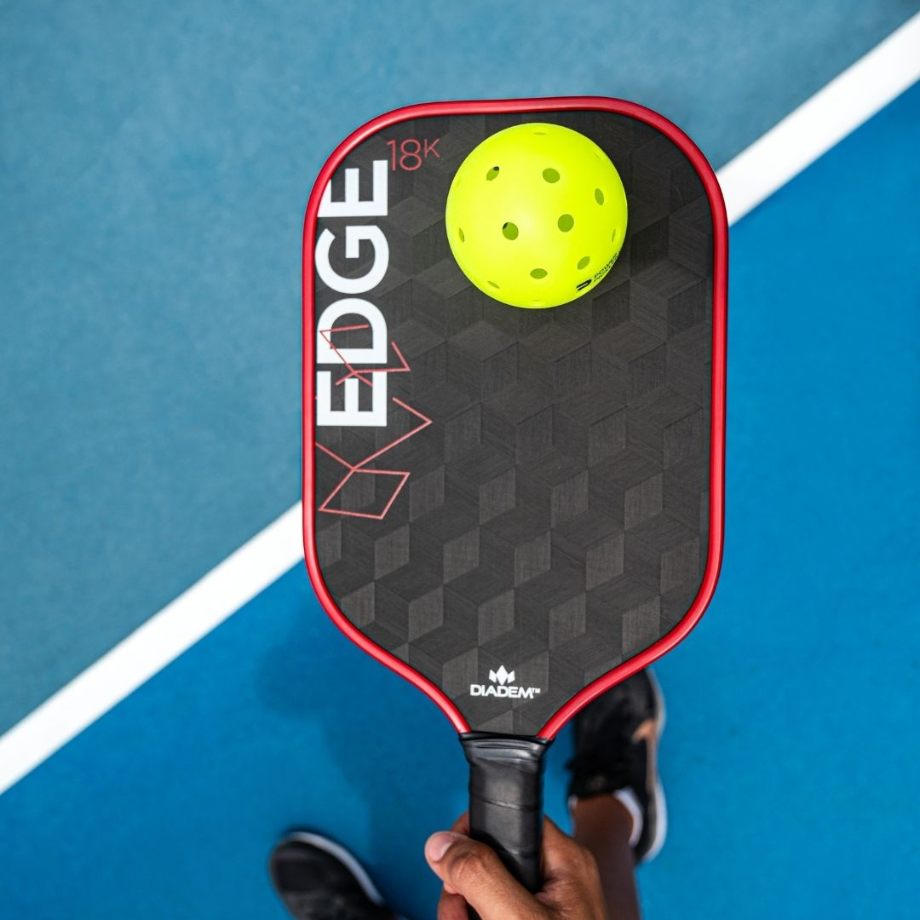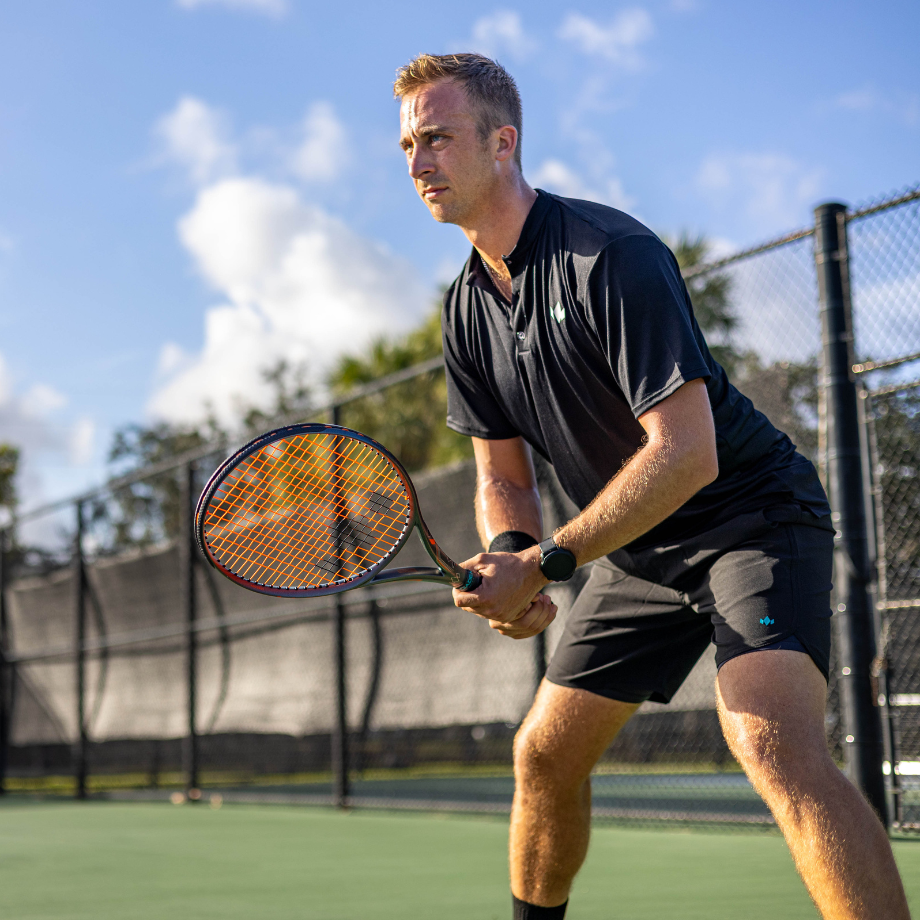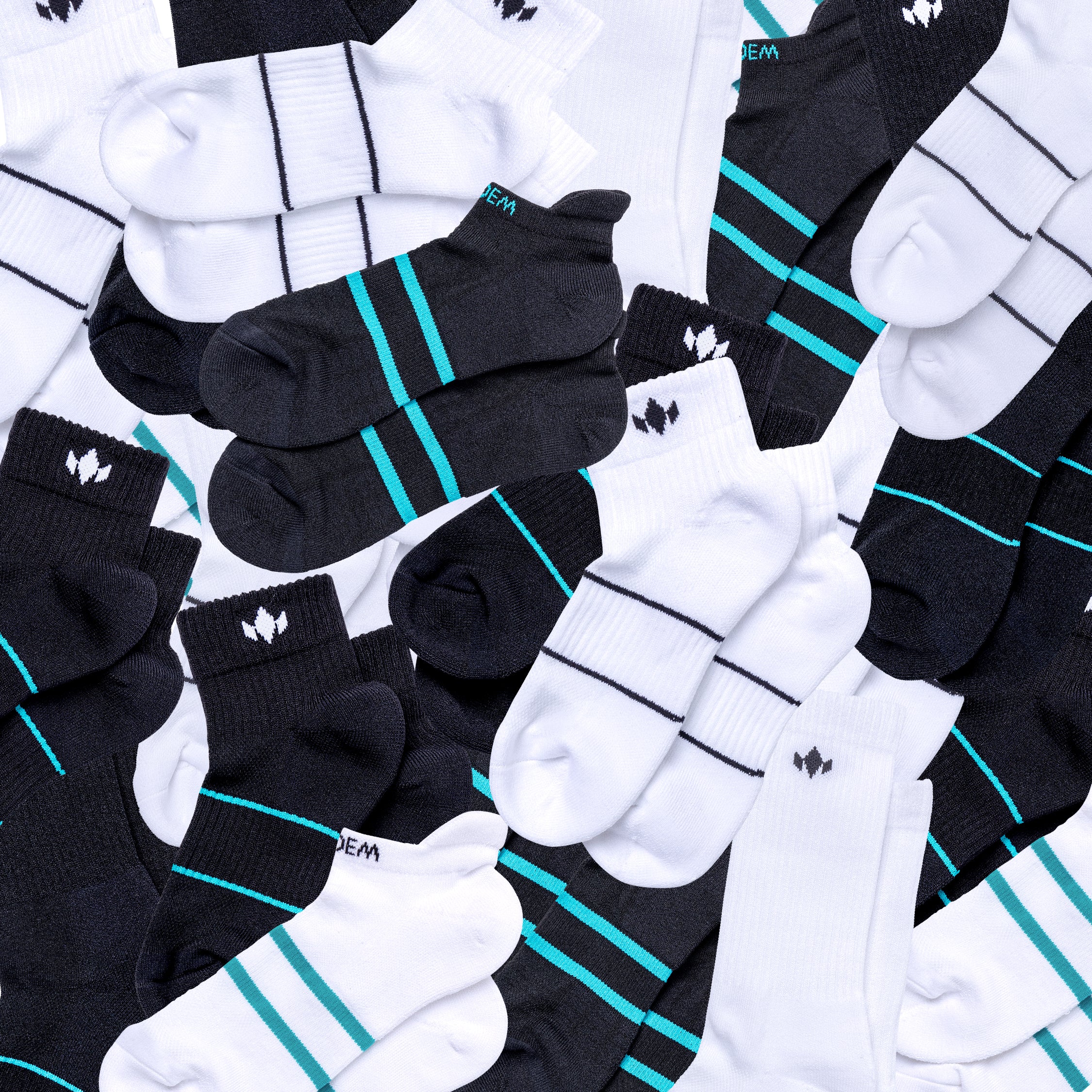Returning serve is an essential part of both tennis and pickleball. It’s a skill that can be the difference between winning or losing a point, and it’s something that players of all levels can work on improving. In this post, we’ll take a look at some of the best practices for returning serve in both tennis and pickleball.
-
Positioning: One of the most important aspects of returning serve in tennis is positioning. You should start by standing close to the baseline and in the center of the court, which will give you the best chance to reach the ball.
-
Anticipation: Try to anticipate where your opponent will serve the ball. If you can predict the direction of the serve, you can prepare your return before the ball even comes your way.
-
Read the spin: Pay attention to the spin on the ball. A topspin serve will bounce higher, while a slice serve will stay low. Adjust your return accordingly.
-
Be aggressive: Whenever possible, try to take the initiative and be aggressive with your return. Aim for the corners or go for a winner if you see an opportunity.
-
Stay centered: Stand in the middle of the court, halfway between the baseline and the kitchen line. This position will give you the best chance to react to a serve that goes either left or right.
-
Keep it low: Aim to keep your return low over the net. A low return can be more difficult for your opponent to hit aggressively and can force them to hit up, giving you a better chance to take control of the point.
-
Watch your opponent’s paddle: Pay attention to your opponent’s paddle and body position to anticipate where they will serve the ball. If their wrist is lower, they’re likely to hit a low serve, while a higher wrist indicates a higher serve.
-
Use your non-dominant hand: When returning a serve on your backhand side, consider using your non-dominant hand to help guide the paddle. This can provide additional stability and control for your shot.
In both tennis and pickleball, returning serve is all about positioning, anticipation, and quick reactions. By practicing these best practices, you can improve your return game and become a more confident and effective player on the court. So, get out there and start practicing!

























